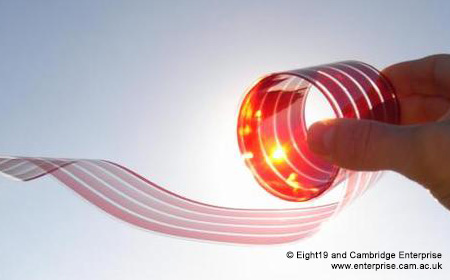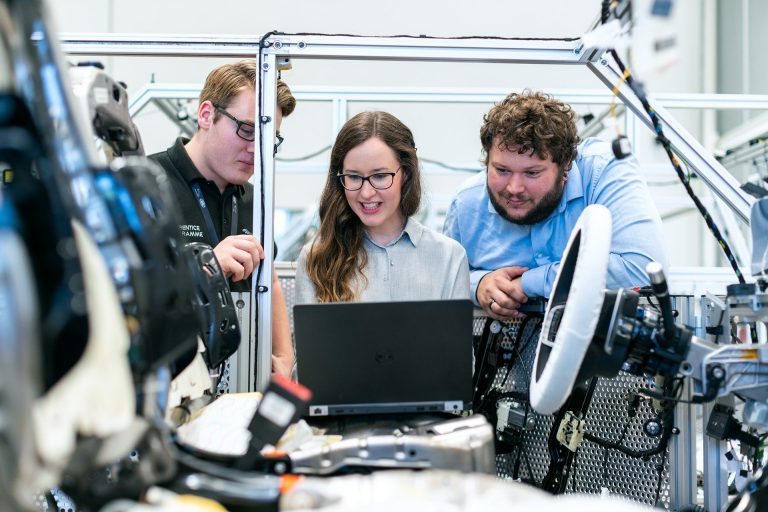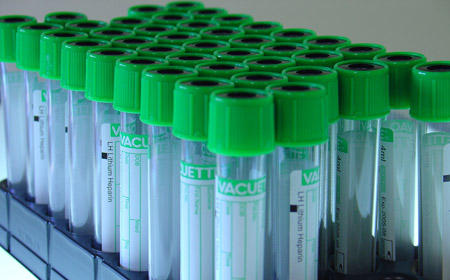May 26, 2014
9am – 5pm
Vivere Hotel, Alabang
Fee: Php 8,000.00 / person plus 12% VAT
- Early Registration Payment: Ten-Percent (10%) Discount if PAID thirty (30) days before the training date
- Group Discount: Five-Percent (5%) on Three (3) or More Participants
[tabs slidertype=”left tabs”]
[tabcontainer]
[tabtext] About [/tabtext]
[tabtext] Course Outline [/tabtext]
[tabtext] Facilitator [/tabtext]
[tabtext] Bank Details [/tabtext]
[/tabcontainer]
[tabcontent]
[tab]
Course Synopsis
Key advantages of organic photovoltaic (OPV) technology is that organic based PV, versus traditional inorganic semiconductors, are inherently inexpensive; typically have very high optical absorption coefficients (>105 cm-1); are compatible with plastic substrates; and can be fabricated using high-throughput low temperature processes for low-cost roll-to-roll (R2R) manufacturing. Organic solar cells have improved rapidly from very moderate efficiencies of 3-5% to reasonably high efficiencies exceeding 10%. A roughly 10% efficiency is considered the commercial breakthrough point [source: US Department of Energy]. Overall performance of organic solar cells is just now reaching a level of maturity opening opportunities for commercial opportunities.
Fundamental limitations for bulk heterojunction OPVs are (i) narrow absorption spectral region, (ii) difficulty to dissociate excitons and (iii) fully collect liberated charged carriers. The baseline model uses poly(3-hexylthiophene-2,5-diyl) (P3HT) interspersed with phenyl-C61-Butyric-Acid-Methyl Ester (PCBM), as a mixture of conjugated polymers with functionalized fullerenes, and only the P3HT absorbs sunlight, while missing the infrared regions of the solar spectrum. PCBM is optically inert, and does not collect sunlight due to its soccer-ball symmetry of the C60 molecule. With recently new developed low band gap absorbers via new conjugated polymer chemistry, the current platform is expanding its narrow collection window to be more spectrally matched to the incident solar spectrum. However, this can create additional issues that will be discussed. For completeness, testing issues specific to OPV, their packaging and economics will also be reviewed.
This course will aim to bridge the knowledge and vocabulary gap between the inorganic and organic PV communities. No prior knowledge of organic chemistry will be required.
One key application for flexible plastic solar cells is their ability to be easily affixed to tents, such as “Shelter Box” relief aid kits, like post Super typhoon Yolanda shelter homes, which could additionally provide a small amounts of emergency DC power for recharging cell phones, radios, LED night lighting, etc.
Objectives
To gain a fundamental understanding of the field of organic semiconductors, their fabrication issues, the novel devices they enable and their potential impact. This course will aim to bridge the knowledge and vocabulary gap between the inorganic and organic photovoltaics communities. No prior knowledge of organic chemistry will be required. Time permitting, the topic of organic light emitting diode (OLED) displays will also be discussed.
This course will aim to bridge the knowledge and vocabulary gap between the inorganic and organic PV communities. No prior knowledge of organic chemistry will be required.
Who should attend
Someone with prior knowledge of some traditional inorganic semiconductor device physics, such as silicon, would be well suited for this course. But the course will be taught such that someone with a working knowledge of freshman level chemistry and physics only will not be overwhelmed and will be guided through the material. In fact, a deeper understanding of traditional semiconductor devices will be a natural byproduct.
[/tab]
[tab]
Course Outline
- Motivation
- Organic Semiconductor Physics
- OPV Process Technology
- OPV Device Physics
- OPV History
- Key Hurdles for OPV Advancement
- Examples of Representative Work around the Globe
- Economic Aspects
- Encapsulation
[/tab]
[tab]
Paul R. Berger
Paul R. Berger is a Professor in Electrical & Computer Engineering at Ohio State University and Physics (by Courtesy). He is the Founder of the Nanoscale Patterning Laboratory. He received the B.S.E. in engineering physics, and the M.S.E. and Ph.D. (1990) in electrical engineering, respectively, all from the University of Michigan, Ann Arbor.
Currently, Dr. Berger is actively working on conjugated polymer-based optoelectronic and electronic devices; molecular electronics; Si/SiGe nanoelectronic devices and fabrication processes; Si-based resonant interband tunneling diodes and quantum functional circuitry; semiconductor materials, fabrication and growth, and bioelectronics.
Formerly, he worked at Bell Laboratories, Murray Hill, NJ (1990-’92) and taught at the University of Delaware in Electrical and Computer Engineering (1992-2000). In 1999, Prof. Berger took a sabbatical leave while working first at the Max-Planck Institute for Polymer Research, Mainz, Germany while supported by Prof. Dr. Gerhard Wegner and then moved on to Cambridge Display Technology, Ltd., Cambridge, United Kingdom working under Dr. Jeremy Burroughes. In 2008, Prof. Berger spent an extended sabbatical leave at IMEC (Interuniversity Microelectronics Center) in Leuven, Belgium while appointed as a Visiting Professor in the Department of Metallurgy and Materials Engineering, Katholieke Universiteit Leuven, Belgium.
Some notable recognitions for Dr. Berger were an NSF CAREER Award (1996), a DARPA ULTRA Sustained Excellence Award (1998), Lumley Research Awards (2006, 2011), and a Faculty Diversity Excellence Award (2009). He has been on the Program and Advisory Committees of numerous conferences, including the IEDM, ISDRS meetings. He currently is the Chair of the Columbus IEEE EDS/Photonics Chapter and Faculty Advisor to Ohio State’s IEEE Student Chapters. He is a Senior member of the Optical Society of America. Finally, Berger was elevated to IEEE Fellow and given a 3-year Distinguished Lecturer position within IEEE’s Electron Device Society.
He has authored >100 articles, 5 book sections and been issued 17 patents with 5 more pending from 51+ invention disclosures. His Google Scholar H-index = 28; Cited in ~2500.
[/tab]
[tab]
BANCO DE ORO (BDO)
Account Name:
Aguila Group Companies (AGC) Development Corporation
Account Number:
00 543 801 3291
Bank Address:
Alfaro-Salcedo Village Branch, PCCI Bldg., 118 Alfaro St., Salcedo Village, Makati City 1227, Philippines
Swift Code:
BNORPHMM
[/tab]
[/tabcontent]
[/tabs]












+ There are no comments
Add yours